In an era when the ends of the Earth were still shrouded in mystery, three men from different corners of the world came together to achieve what many thought impossible: fly over the North Pole. Roald Amundsen of Norway, Lincoln Ellsworth of the United States, and Umberto Nobile of Italy joined forces in 1926 for a mission that would not only reach one of the last great frontiers but also stand as a symbol of global cooperation.
Their journey aboard the airship Norge was more than just a flight it was a leap forward in human exploration, technology, and international unity.
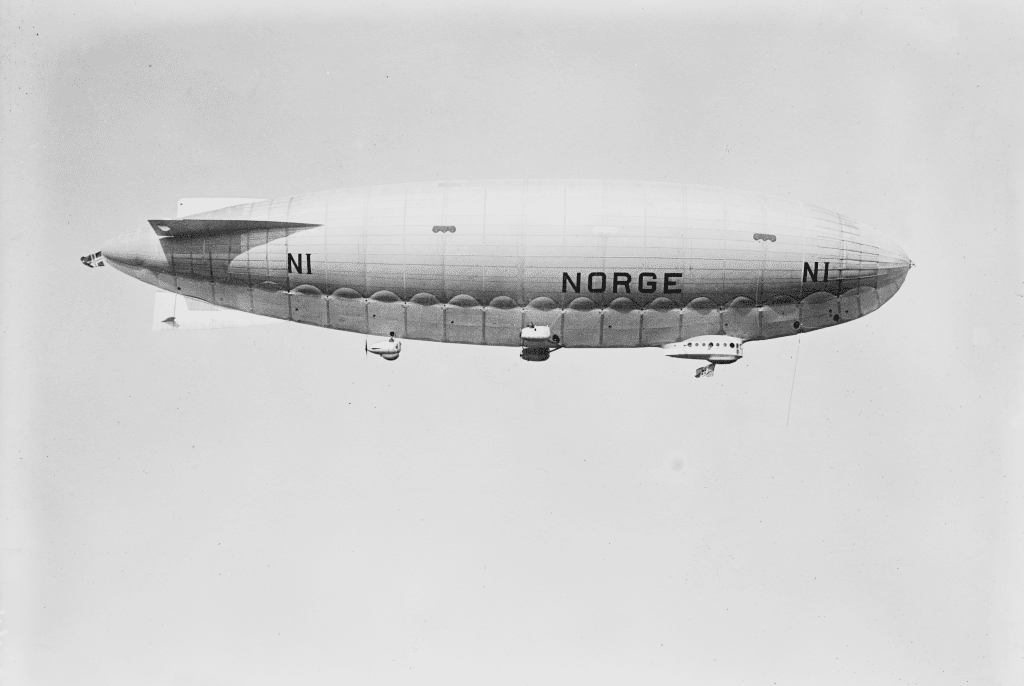
Three Men, One Vision
Roald Amundsen was already a legend by the 1920s. The first man to reach the South Pole in 1911, he had nothing left to prove. Yet the call of the Arctic was irresistible. Lincoln Ellsworth, a wealthy American explorer and backer of polar expeditions, brought the funding and vision. Umberto Nobile, a brilliant Italian aeronautical engineer, designed the airship and would pilot it.
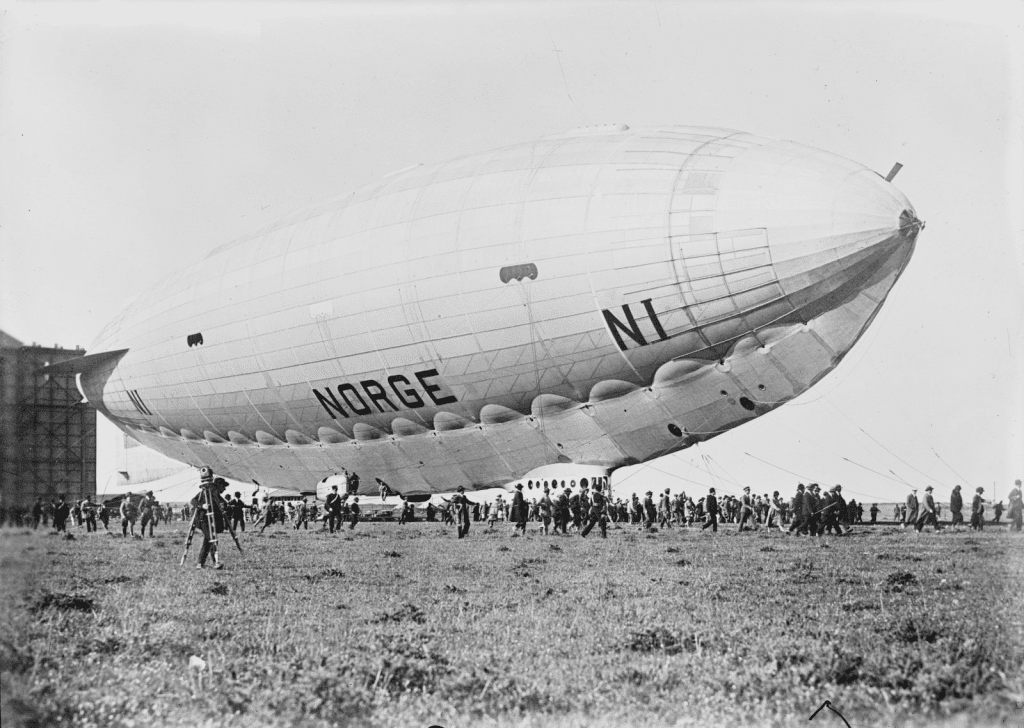
Their collaboration was unusual for the time. Three nations Norway, the United States, and Italy working together at the height of national pride and competition. But their shared goal of exploration transcended borders.
Video:
The “Norge” airship arrives at Pulham from Rome (1926)
The Airship Norge: A Marvel of the Skies
Unlike previous attempts to conquer the pole using airplanes or sleds, the Norge was a semi-rigid airship a floating vessel filled with hydrogen, capable of traveling long distances and carrying a crew over the harsh Arctic ice.
Constructed in Italy under Nobile’s guidance, the Norge was shipped in parts to Norway, where it was reassembled for its historic flight. With the flags of all three countries painted proudly on its side, the airship was a physical embodiment of teamwork.
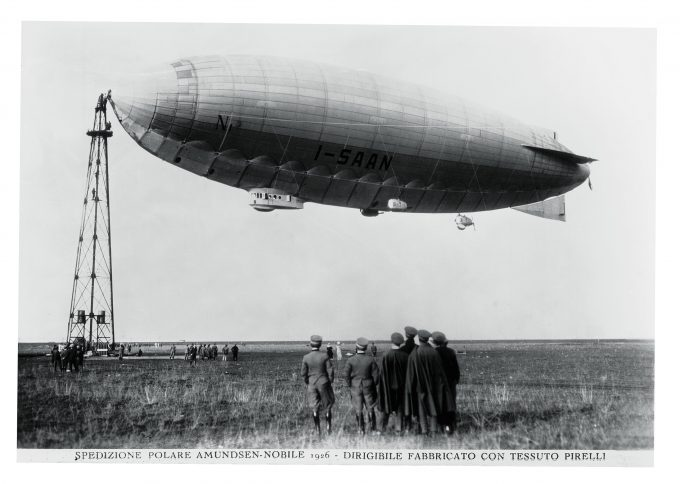
Into the Frozen Unknown
On May 11, 1926, the Norge lifted off from Svalbard, an icy archipelago north of mainland Norway. Inside were 16 men, including Amundsen, Ellsworth, and Nobile. Their destination: the top of the world.
For more than 72 hours, the airship drifted silently over endless fields of ice and snow. There were no cities, no landmarks only the white void of the Arctic. On May 12, they reached the North Pole, dropping flags to mark the historic moment. There was no place to land only ice and sky. But they had done it. For the first time in history, humans had undeniably flown over the geographic North Pole.
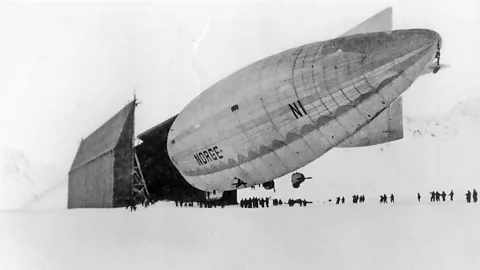
A Triumph of Collaboration
What made the Norge flight so extraordinary wasn’t just the technical achievement it was the way it brought nations together. In a time of rising nationalism and growing political divides, this expedition proved what could happen when minds from different countries worked as one.
Video:
12th May 1926: Norge airship makes the first verified flight over the North Pole
Amundsen brought polar experience and leadership. Ellsworth provided vision and financing. Nobile gave the mission wings literally. Their diverse strengths complemented one another, showing that exploration could be a truly international endeavor.
Legacy of the Flight
After passing the Pole, the Norge continued on to Alaska, crash-landing near Teller on May 14. Though the airship was damaged, the crew survived, and the mission was declared a complete success.
This flight remains one of the most significant events in polar exploration. It helped to settle disputes about who reached the Pole first, offering the most verifiable evidence to date. More importantly, it became a beacon of what international collaboration could achieve in an age when such unity was rare.
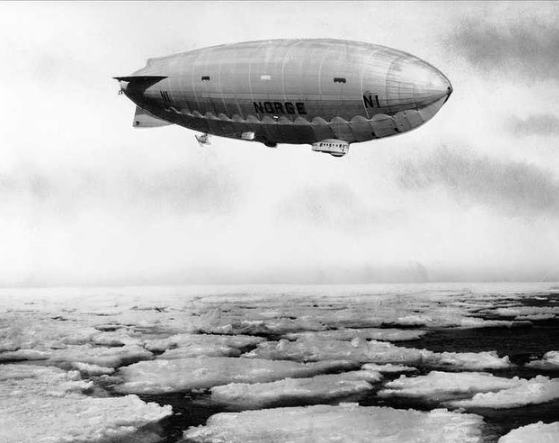
Conclusion: Unity Above All
The 1926 flight over the North Pole didn’t just change the map it changed minds. It reminded the world that when people of different nations unite around a common goal, even the coldest, most distant places can be reached.
Amundsen, Ellsworth, and Nobile didn’t just soar over the top of the world they lifted the world’s hopes for peace, progress, and partnership.


